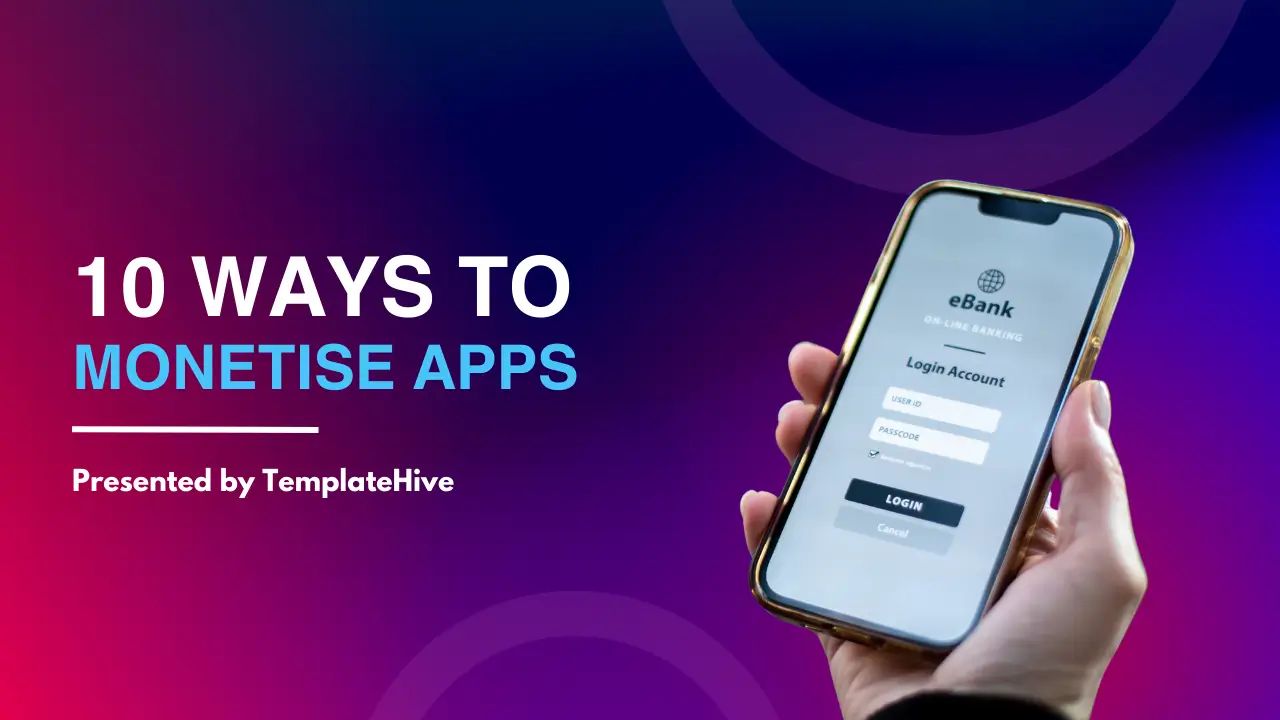In today’s digital landscape, mobile apps offer incredible opportunities for entrepreneurs and developers to generate revenue. Whether you're a seasoned app developer or a startup founder, understanding how to effectively monetize your mobile app can be the key to success. Here are ten proven strategies to help you turn your mobile app into a profitable venture.
1. In-App Advertising
In-app advertising is one of the most popular monetization strategies. By integrating ads within your app, you can generate revenue every time a user interacts with an ad. This model works well for free apps with a large user base. You can choose from various ad formats, including banner ads, interstitial ads, and rewarded video ads.
2. Freemium Model
The freemium model involves offering a basic version of your app for free while charging users for access to premium features or content. This strategy works well for apps that provide value in the free version but offer enhanced experiences or functionalities for paying users. The key is to strike a balance between what’s free and what’s premium to encourage upgrades.
3. In-App Purchases
In-app purchases (IAPs) allow users to buy virtual goods, additional features, or content within your app. This model is particularly effective for gaming apps, where users can purchase items like power-ups, skins, or currency. However, it’s also applicable to other types of apps, such as productivity tools or dating platforms, where users can buy extra features.
4. Subscription Model
The subscription model provides users with access to your app or certain features on a recurring basis, usually monthly or yearly. This model works well for apps that offer ongoing value, such as content streaming services, fitness apps, or productivity tools. Subscriptions provide a steady stream of revenue, which can be more predictable than one-time purchases.
5. Sponsorship and Partnerships
Partnering with brands or companies to sponsor your app can be a lucrative monetization strategy. Sponsors may pay you to feature their content, products, or branding within your app. This approach works best for apps with a specific target audience that aligns with the sponsor’s market. For example, a health and fitness app might partner with a sports brand to promote their products.
6. Paid App
Charging users to download your app is a straightforward monetization method. However, this model works best if your app offers unique or highly valuable features that users are willing to pay for upfront. The challenge with paid apps is convincing users of the app’s value before they make a purchase, so investing in marketing and creating a strong value proposition is essential.
7. Affiliate Marketing
Affiliate marketing involves promoting other companies’ products or services within your app and earning a commission for every sale or lead generated through your referral. This strategy works well for apps that can naturally incorporate affiliate links, such as shopping apps, lifestyle apps, or review platforms. Ensure that the affiliate products align with your app’s content to maintain user trust.
8. Crowdfunding
Crowdfunding platforms like Kickstarter or Indiegogo allow you to raise funds for your app development or expansion by pitching your idea to potential backers. In exchange for their support, backers often receive early access, special features, or other rewards. Crowdfunding not only provides initial capital but also helps validate your app idea before it hits the market.
9. Data Monetization
If your app collects valuable user data (with their consent), you can monetize this data by selling it to third parties or using it for targeted advertising. However, data monetization must be handled with care, as it involves privacy concerns and regulatory compliance. Ensure that your data collection and usage practices are transparent and that users have control over their data.
10. White Labeling
White labeling involves selling a version of your app to other businesses, allowing them to rebrand and use it as their own. This model works well for apps that provide general functionality, such as booking systems, e-commerce platforms, or content management tools. By offering a white-label version, you can generate revenue from businesses that need a ready-made solution without investing in development.
Conclusion
Monetizing your mobile app requires a deep understanding of your target audience, the value your app provides, and the best revenue models that align with your app’s purpose. Whether you choose in-app advertising, subscriptions, or white labeling, the key to success is offering a product that users find valuable and are willing to pay for in one way or another.
Start exploring these monetization strategies today, and take your mobile app to new heights of profitability.


Comments (0)